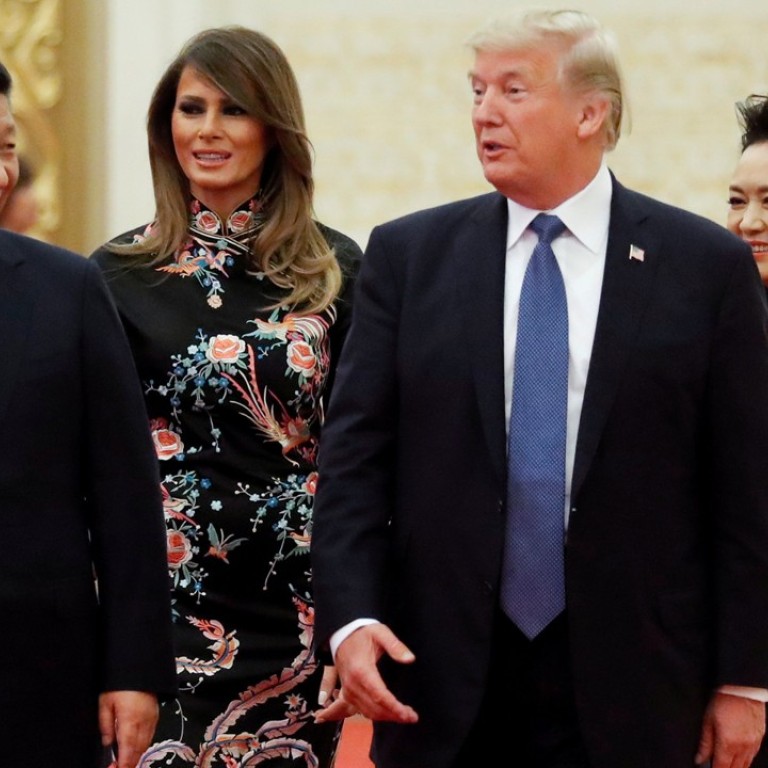
The first lady effect on fashion: how their choices of outfit can transform a label’s fortunes
The West’s fascination with what royalty and leaders’ wives wear is well known, but how about Asia? Peng Liyuan of China has a strong influence on Chinese fashion choices, but the effect is less noticeable elsewhere
In today’s digital age, whether at a diplomatic gathering or a royal wedding, luxury brands get lashings of free publicity.
US first lady Melania Trump loves European luxury; French first lady Brigitte Macron sports patriotic red, white and blue outfits on an overseas visit; the Duchess of Cambridge exudes elegance, Michelle Obama cool glamour, and Jordan’s Queen Rania impeccable style. Endless articles dissect a single white dress worn at a British royal wedding.
All the outfits French first lady Brigitte Macron wore in China
Then there is the intense focus on everything Meghan Markle wears. The new Duchess of Sussex’s streak of wearing Givenchy has given the French luxury brand priceless exposure. Designers gush over her fashion choices.
Givenchy creative director Clare Waight Keller said that “as a British designer at a Parisian haute couture house … I’m extremely proud of what we have accomplished and grateful … to be part of this historical chapter”.
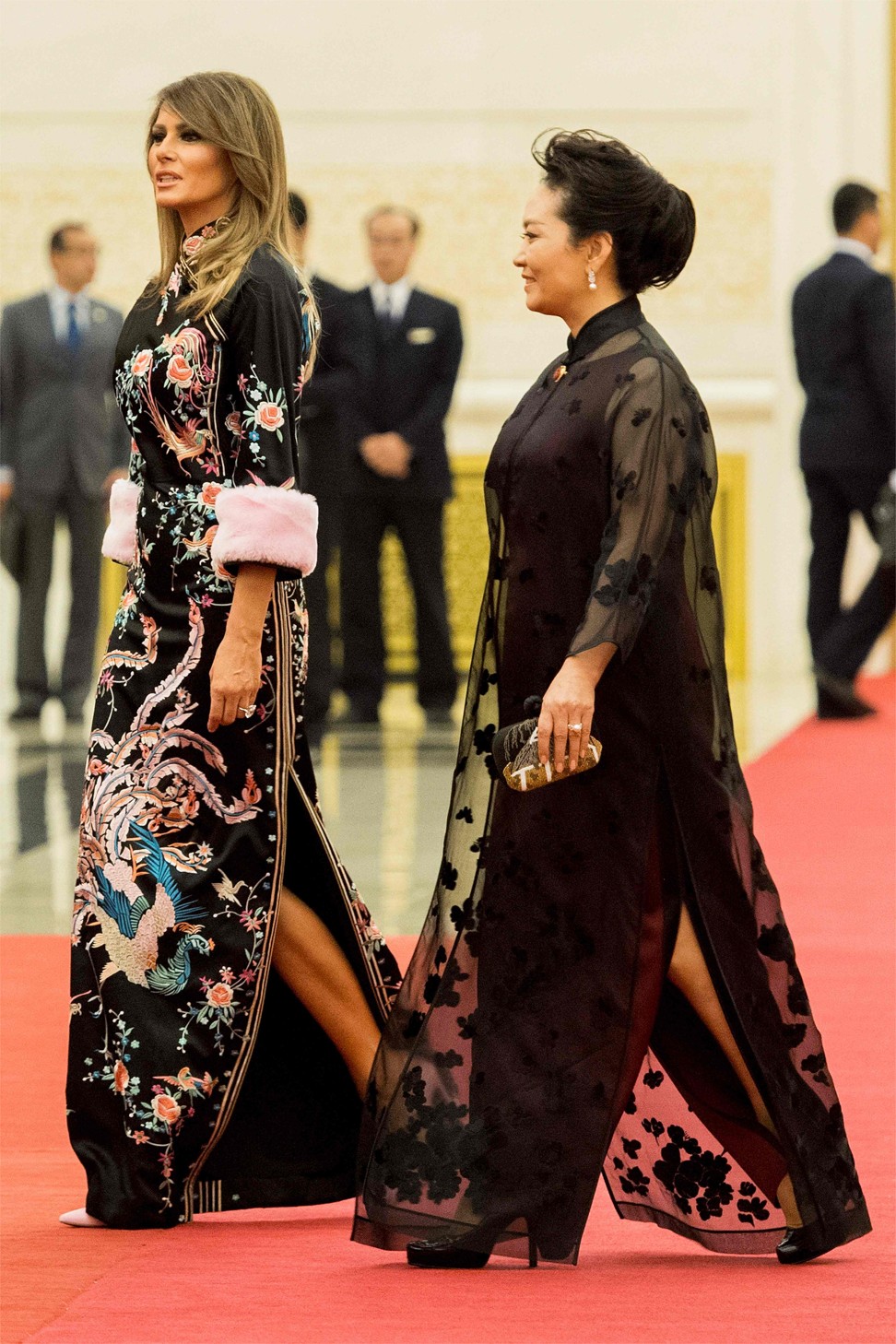
“One of the most humbling moments of my career” was how Stella McCartney described Markle’s choice of one of her halter dresses for her wedding reception. When McCartney put a similar dress on sale, it immediately sold out.
The “Meghan effect” was preceded by the “Kate effect” felt by brands whose fashions the Kate Middleton, the Duchess of Cambridge, wore, and which has boosted global awareness, and sales, of British brands such as Issa, Temperley, Alexander McQueen and Reiss.
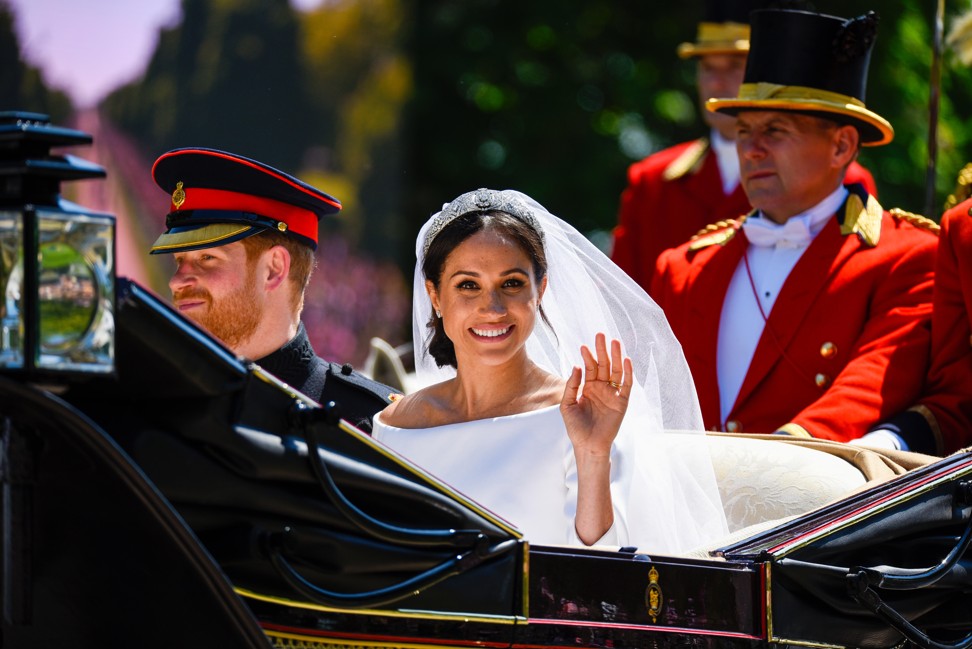
The West has a long history of scrutinising the fashions first ladies and members of royal families wear. But what about in Asia?
Thailand’s Princess Sirivannavari Nariratana made it onto the cover of Vogue Thailand in 2016. “The Princess frequents all the major shows in Paris [fashion week] and has her own label,” says Kullawit Laosuksri, Vogue Thailand editor-in-chief. “She’s considered a fashion icon in Thailand. Her own unique style mixes hard and soft, masculine and feminine.”

The University of Hong Kong’s Dr Tommy Tse researches the media and the sociology of fashion in East Asia. He says attitudes vary. People in China will follow trends set by prominent figures, but not those in Hong Kong or South Korea.
The wives of Chinese leaders, who would once have ignored style, have no choice today but to pay heed to it. As the country grows in international importance, what first lady Peng Liyuan wears matters a lot.
Peng shuns bling and big logos, instead styling herself with Chinese elements, and exudes a low-key glamour.
“In China, understatement is very important,” says Shanghai-based couturier Grace Chen, who often dresses women in public life such as Foreign Ministry spokeswoman Hua Chunying. “It shouldn’t be too showing off, for me that is a basic principle when designing for powerful women in China. The silhouette is important – clean, put together and sleek.”
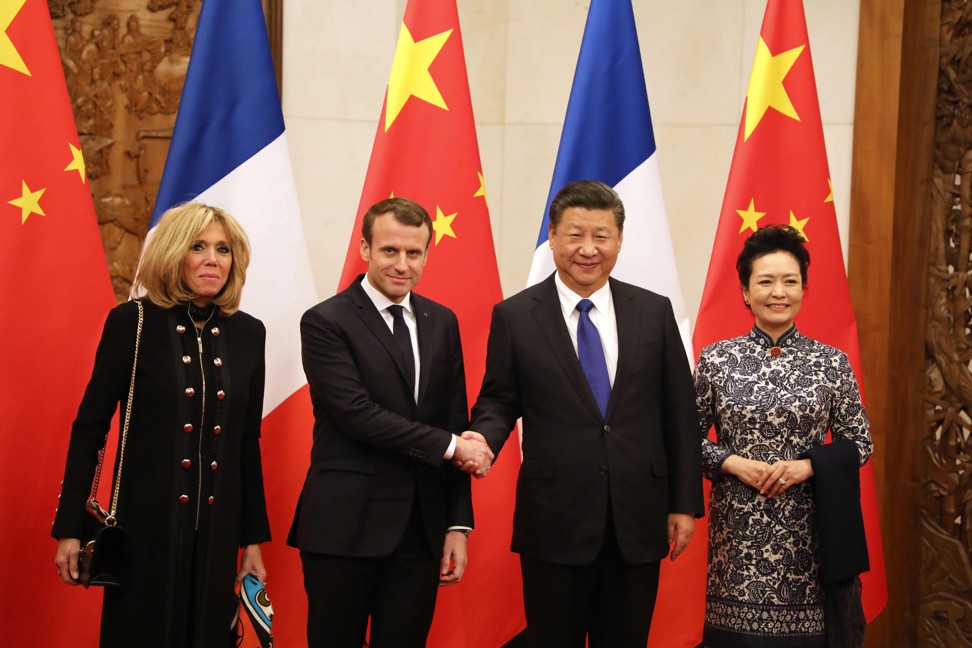
Tse says: “Chinese fashion is a political project for consumers, which is about ‘modernisation without Westernisation’. One of his Chinese interviewees, a public relations manager, told him that it “wasn’t a specific brand but the overall style and mix-and-match” of Peng that took her interest.
“In China, even the younger ones are very much interested in the first lady’s fashion. In my view, there’s always a great sense of pride they derive from seeing such political figures in the global/national media.”
For brands, the impact of a prominent figure wearing one of their outfits can be seismic. When Peng wore Exception de Mixmind (designed by Ma Ke) on her first overseas state visit, it transformed the profile of the Chinese label.
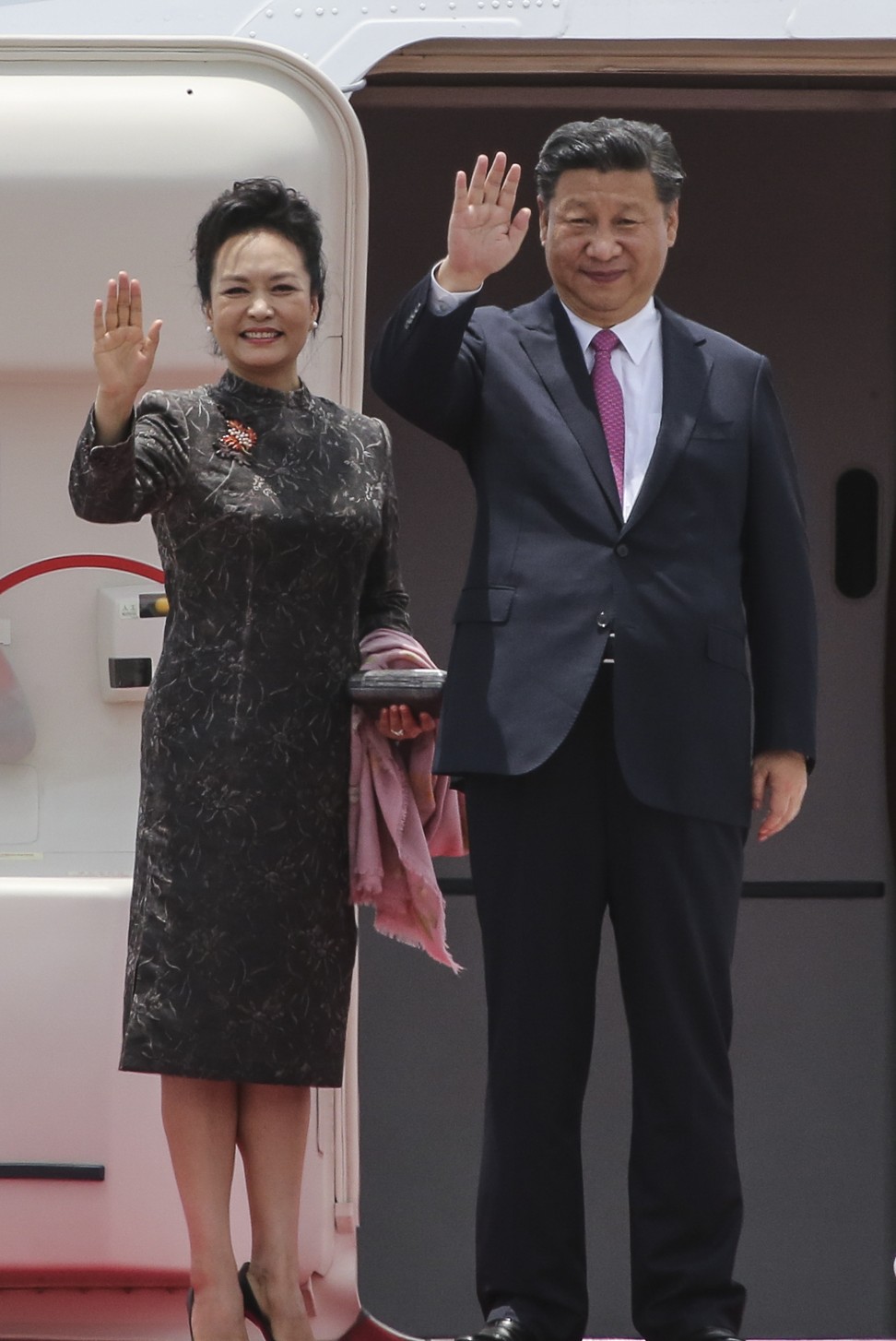
Sophie Hulme, a 34-year-old British bag designer, shot to fame in China when, during a 2015 diplomatic visit to Britain, Peng was given a chic, structured grey Albion handbag by the then British prime minister’s wife, Samantha Cameron.

Cameron’s support benefited Serbian-born designer Roksanda Ilincic – whose styles she wore on occasions such as a visit to the White House in 2012 – and Christopher Kane. When then US first lady Michelle Obama picked a Jason Wu ballgown for the inaugural balls in 2009, it catapulted the emerging Chinese-Canadian designer to global attention. Brigitte Macron’s structured dresses and cropped jackets boost established French labels such as Louis Vuitton and Balmain.
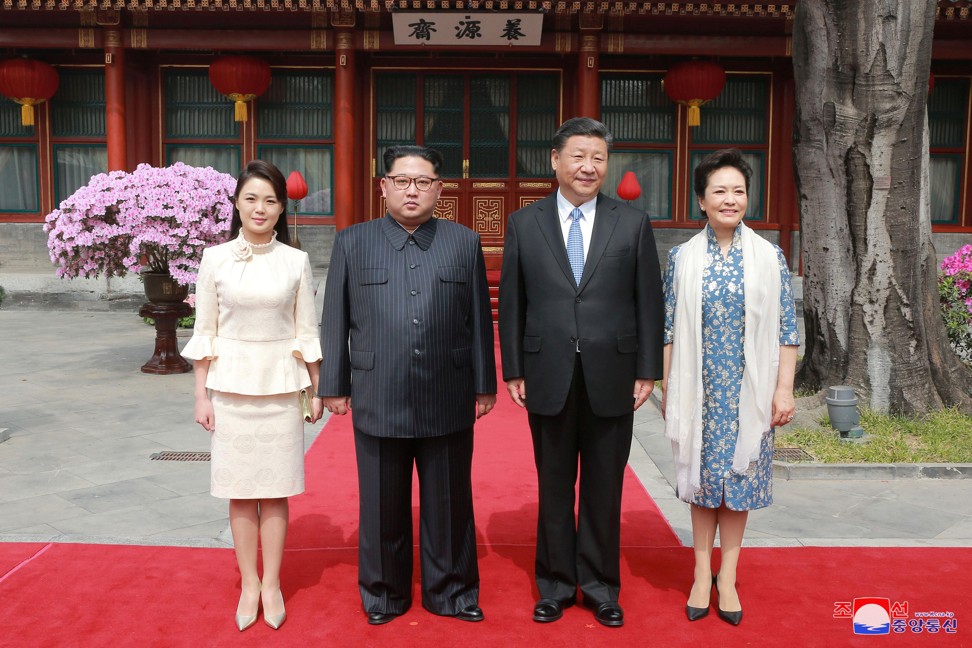
When Melania Trump wore a J. Mendel yellow chiffon gown to a state dinner in Britain this summer, USA Today reported that a version of the garment immediately sold out on the brand’s website.
Trump has been praised for wearing more looks from mainstream fashion brands, but also slammed for her “tone-deaf” decision to wear a US$39 Zara parka bearing the slogan “I really don’t care, do u?” to a migrant detention centre.

Versions of the parka were soon being sold on eBay at prices hitting close to US$1,000, The Washington Post reported.

Obama wore a jadeite Chinese lattice ring by Hong Kong jewellery designer Dickson Yewn when she met Britain’s Queen Elizabeth in 2016. “Michelle Obama and her stylist both came across my work at Bergdorf Goodman,” said Yewn.
The impact on his business was huge in Europe. The effect in the US was “not so much”, with Yewn reasoning that most of his wealthy clients “weren’t so much Democrats at that time”.
See every outfit Melania has worn on Donald Trump’s Asia tour
“They now have probably changed … The impact of politicians is 100 times bigger than any actress or celebrities I’ve had,” Yewn said.

